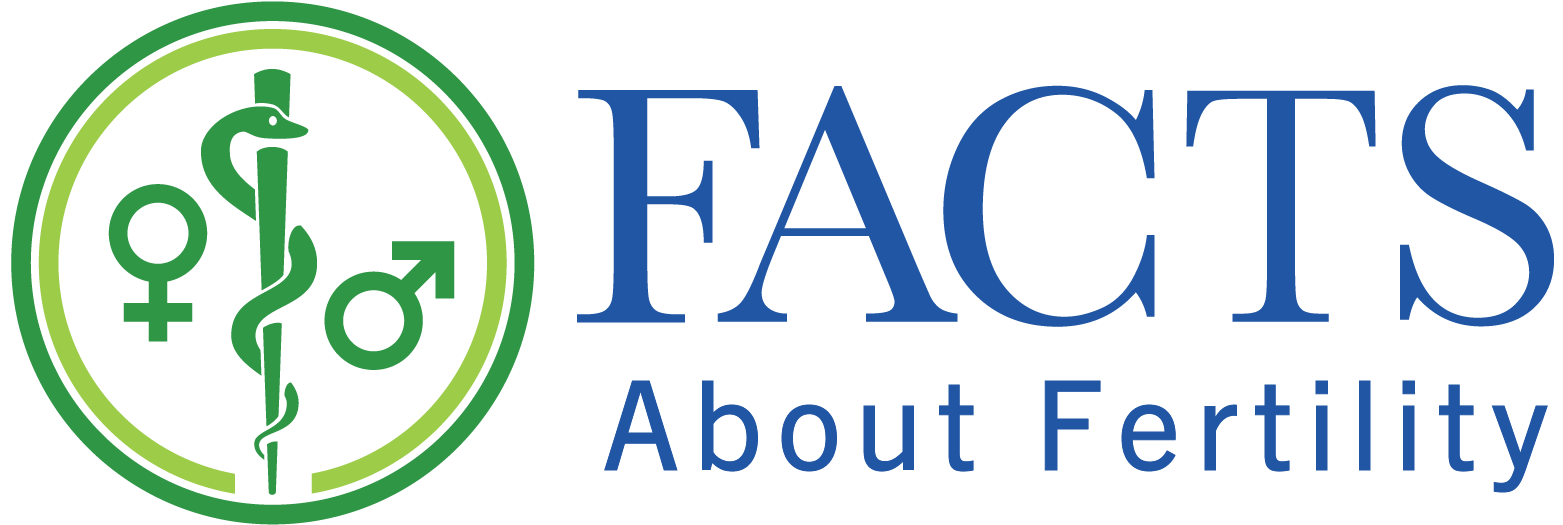By: Blair Freed, DO
Director’s Note: Dr. Blair Freed shared an interview that recounts a common journey from hormonal contraception to fertility awareness-based methods (FABMs) and explores the role that technology increasingly plays in healthcare. Dr. Freed, now a resident in obstetrics and gynecology, conducted the interview during the FACTS elective. Her thoughtful review lends insight into the utility of charting with FABMs, as well as challenges related to relying on apps to predict ovulation. For more information about charting with apps, check out this review of research comparing prediction of ovulation summarized by fellow FACTS elective student Dr. Katelyn Myers or download the FACTS publication, A Rating of Fertility Apps Marketed to Avoid Pregnancy.
Meet Mandy*
Mandy’s story is similar to the experience of many young women. She was placed on hormonal birth control as a teenager to manage a common health concern: acne. She recounted how she was only on the pill for 10 days when she began noticing side effects. She experienced mood changes, anxiety, and didn’t feel like herself. This motivated Mandy to research hormonal birth control, which brought her to “Beyond the Pill,” a book by Joliene Brighten. She was already inclined to more natural approaches to healthcare, but the prospect of managing her reproductive health with cycle tracking and fertility awareness-based methods (FABMs) was very appealing.
“The prospect of managing her reproductive health with cycle tracking and fertility awareness-based methods (FABMs) was very appealing.”
Armed with information about FABMs, Mandy decided to stop using birth control. Instead, she began to track her cycle with an FABM and monitor her health. She felt better able to understand her mood fluctuations and how she felt throughout her cycle, which was incredibly empowering for her.
What was striking about Mandy’s story is the young age at which she began tracking her cycle and her inclination to use FABMs completely independent of others in her community. Unfortunately, she mentioned that many people close to her do not consider these methods a legitimate form of family planning, so she is not very forthcoming about her use of FABMs. In fact, she recounted jokes from friends, family, and even those in healthcare about how, after she got married, she would likely soon be pregnant.
“Unfortunately, she mentioned that many people close to her do not consider these methods a legitimate form of family planning …and recounted jokes from friends, family, and even those in healthcare about how, after she got married, she would likely soon be pregnant.”
Although she first started tracking her cycles simply to monitor her health, she decided to continue to use FABMs for family planning when she got married. She reports that tracking her cycle has allowed her and her partner to identify her fertile window. She noted that they are not opposed to becoming pregnant at this time and thus use the ability to track as more of a guideline.

Currently, Mandy is utilizing the mobile app, Natural Cycles, the first FDA-cleared fertility awareness app. Using information about the menstrual cycle and daily basal body temperature measurements, the app calculates days of the month when fertility is likely and reports these to the user. Clinical trials demonstrated a “perfect use” unintended pregnancy rate of 1.8% and a “typical use” rate of 6.5%. [1] It is important to note that “typical use” might include skipping temperature readings, choosing to have intercourse on fertile days or not recording observations on a daily basis.** Mandy expressed that checking her temperature readings daily was comparable to the routine required in taking a daily birth control pill. She described herself as using the app under the “typical use” category at this time and reiterated that she finds it empowering to have the knowledge of her cycle available to assist in her reproductive decisions.
The aspect of our conversation that most resonated with me was listening to Mandy express her difficulty finding a healthcare practitioner who understands and supports her chosen family-planning method. It made me keenly aware of how many clinicians are either unaware of the evidence surrounding these methods or unwilling to have unbiased discussions with patients. It further reinforced the importance of courses like the FACTS elective to help medical professionals better understand the evidence and science underlying FABMs. Educating clinicians about these methods empowers them to share this information with patients, providing them with a wider array of family planning options.
“It made me keenly aware of how many clinicians are either unaware of the evidence surrounding these methods or unwilling to have unbiased discussions with patients … and further reinforced the importance of courses like the FACTS elective.”
*Names have been changed to respect the privacy of the interviewee and her family. All information is shared with permission.
** Director’s Note: While many women will learn to recognize their fertility signs more easily after charting for years, they are still advised to chart their observations on a daily basis to use the method correctly. This is especially important with an app, like Natural Cycles, as their proprietary algorithm uses this data to more accurately identify potential days of fertility.
References
[1] Center for Devices and Radiological Health. (2018, August 10). FDA allows marketing of First DIRECT-TO-CONSUMER app for contraceptive use to prevent pregnancy. U.S. Food and Drug Administration. Retrieved September 27, 2021, from https://www.fda.gov/news-events/press-announcements/fda-allows-marketing-first-direct-consumer-app-contraceptive-use-prevent-pregnancy.
ABOUT THE AUTHOR
Blair Freed, DO
Blair Freed, DO is a 2022 graduate of Kansas City University with a degree in Osteopathic Medicine. She is a resident in Obstetrics and Gynecology at Trinity Health Oakland in Pontiac, Michigan. Blair is interested in patient advocacy, social determinants of health, and women’s health in global settings. She participated in both sections of the FACTS elective in 2021.
Inspired by what you read?
You can support the ongoing work of FACTS here. To connect with a member of our team, please email development@FACTSaboutFertility.org. Interested in becoming an individual or organizational member? You can learn more and register here. To discuss with a member of our team, please email membership@FACTSaboutFertility.org.





